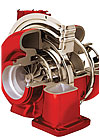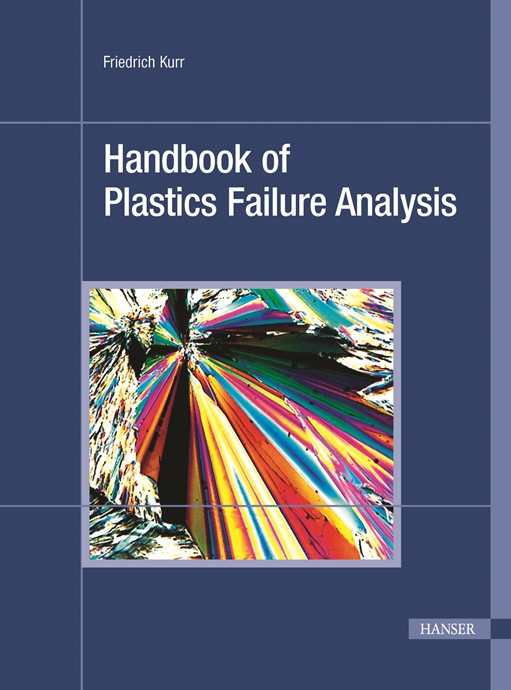
Cummins Inc. uses unique locking fasteners to keep the Tier 3 QSX engine’s exhaust manifold joints secure enough to withstand severe vibration, joint fatigue and temperature extremes. Photo courtesy Spiralock
Standard fasteners were less than satisfactory due to their susceptibility to vibration, thermal distortion, loosening due to thermal cycles, and wide variability in initial preload. Also, traditional locking fasteners do not address a basic design problem with the standard 60-degree thread form: that the gap between the crest of the male and female threads can lead to vibration-induced thread loosening.
However, the Spiralock locking fastener features a unique 30-degree wedge ramp at the root of the thread form that mates with standard 60-degree male thread fasteners. The wedge ramp allows the bolt to spin freely relative to female threads until clamp load is applied.
The crests of the standard male thread form are then drawn tightly against the wedge ramp, eliminating radial clearances and creating a continuous spiral line of contact along the entire length of the thread engagement. This continuous line of contact spreads the clamp force more evenly over all engaged threads, improving resistance to vibrational loosening, axial-torsional loading, joint fatigue and temperature extremes.
After reading published test studies proving the Spiralock’s capabilities, Dale Gibby, a mechanical development engineer at the Cummins Columbus Technical Center, decided to run his own test. Gibby performed an abusive, test-to-fail, thermal cycling test to determine whether typical or Spiralock stainless steel nuts stay securely fastened on the manifold joints longer.
Four nuts each were tested, with the Spiralock nuts being silver plated for more consistent preload. Because the test was designed to be real-world practical, all the nuts were significantly undertightened to nominal load minus 3.5 sigma, a statistical measure of standard deviation.
To heighten the test’s challenge, a warped, worn-out exhaust manifold was used; it had more than 1,250 hours of thermal cycles, and many gasket failures and turbo removals. The engine ran an abusive thermal cycle test, cycling from 400 F to 1,400 F and back every six minutes. Besides the huge thermal swings, the engine was run past redline and at high idle. Engine speed was varied widely.
Under the vibration and extreme thermal cycles, three of the four typical stainless steel nuts worked loose and fell off within two hours, leading to blown joints and a stopped engine. However, the Spiralock nuts never fell off and were still secure more than 18 hours after installation with no signs of backing off.
Following the tests, Cummins put the QSX industrial engine into production and began using Spiralock nuts on the engine’s exhaust manifold joints. Gibby says there have been no problems since.
As a result, use of the locking fasteners has expanded to many Cummins heavy-duty engines, including those for on-highway and off-highway applications.
For more information on locking fasteners, call 800-521-2688 or visit www.spiralock.com.



